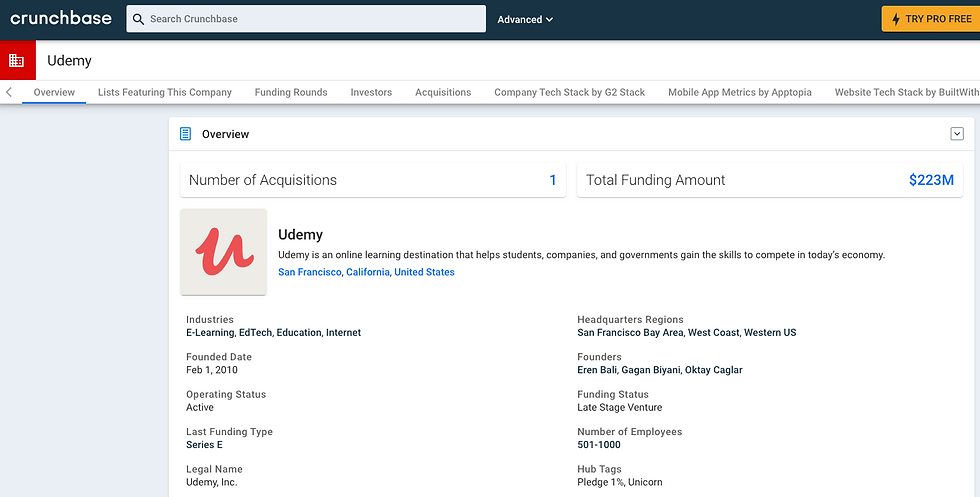Chapter 8-Where's your Product at-A Brief Intro to Product Lifecycle Stages
- nayanagarwal25
- Jun 20, 2020
- 2 min read
After covering a few basics topics about product management, now I want to talk about 2 different kinds of product stages. One is Product lifecycle and another is product development lifecycle.
Both of them sound similar but there are quite a few differences. Product Lifecycle defines the stages a product goes through after it has been developed and delivered to end-users while the product development lifecycle covers the stages a product goes through before it is launched at the major scale.
I will cover the Product lifecycle in this post while the product development lifecycle will be covered in my chapter.
This is how I understand the Product Lifecycle stages. They are -
Introduction- when the product is initially launched and may have little to no competition Example:- check out the products at producthunt.com.This is one of the places to find the brand new products that have been launched recently. Here is one product that I find very intriguing. Kubera
Growth- when the product has started to grow ( sales-wise) and there are few competitors to compete. Example:- Zoom, Slack
For example. Let's look at Zoom financials

Maturity- when the product is at its peak in terms of growth and market has more competitors trying to eat your market share Example: LinkedIn, Twitter, Facebook. Pretty much everyone is using them these days.
Decline- when the growth of the product has declined and the company may have to make the big decision to shut the product down or invest more money to keep competitive. Example:-External Hard Drives
Here are some of the tools that can be used for finding the information needed for identifying product stages:-
Look for letters to Shareholders. Here is one for Twitter
Search for Industry Industry reports. Here is one for Workplace messaging
Search for revenue numbers over a period of time. Here is one for Zoom
Google Trend is a good tool to do analysis in terms of interest in a particular product over a period of time.


Comments